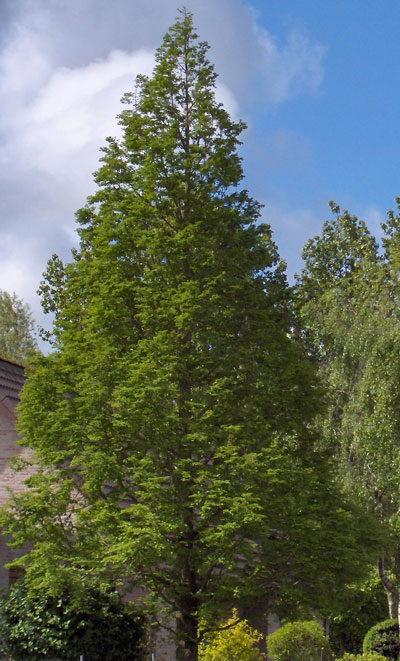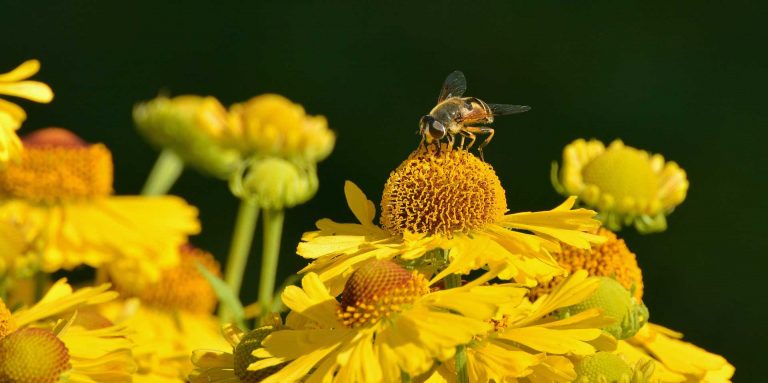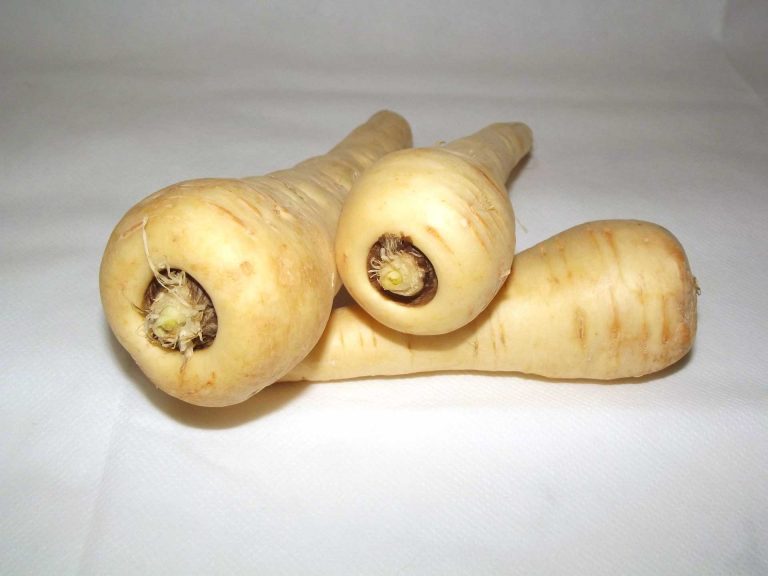Fast Growing Trees
A great number of cultivators desire trees that grow quickly, particularly once the tree is getting old or due to various other reasons. Of course, the trees that grow fast give good shade and add to nature’s beauty, though normally. These trees live for a short period and are liable to possess fragile and feeble timber which breaks down when faced with frost, hurricanes, and harsh climatic conditions.
How to Use Fast-Growing Trees
Whenever you set up trees that grow quickly, remember that they always grow very big (50 ft or above), their growth is limited to 20 to 30 years, and then, they recede. These are the good ones when you require a fast windshield or shade to draw near the slow-growing trees.
Set up quick-growing trees in places where their roots will not hinder the growth of other plants, Make provision to strike down these trees prior to any type of damage they probably cause to humans, plants and structures. While planting quick-growing trees, keep them aloof from residential buildings, utility lines and driveways in order to reduce destruction they may cause to footpaths on account of their roots, or the tree’s branches (or perhaps trunks) that snap off in storms and affect power lines. Consider also the sites of sewage lines and walkways that will get dislocated on account of the roots.
Certain trees, particularly those that grow fast, have forked thin branches attached. Pruning helps you to reduce this effect, but not to get rid of it.
Choosing Quick-Growing Trees
So long as you are aware of their constraint, it is not an issue in planting quick-growing trees. Never anticipate the quick-growing trees to last for many years. The slower growing trees take decades to grow. When they are aged, prepare for undue maintenance as well as problems resulting in destruction. For instance, certain trees possess untidy yearly blooming flowers, needles, fruits or pods falling on the ground causing issues.
A few good quick-growing trees are:
Bald Cypress

Photo by: Thomas & Dianne Jones
Bald Cypress botanically called Taxodium Distichum, is a fine selection for planting in marshy or wet locations, but is susceptible to some insects or sickness problem. Towards the end of fall, the leaves, before falling, turn to a rusty red, revealing a showy brownish-red bark. This tree grows at a pace of 18 to 24 “in a year and grows to a height of 100ft and a diameter of 40ft. This Bald-cypress is a plant native to North America, 5 to 10 Zones
Box Elder

Photo by: Wouter Hagens
The Box Elder, botanically called Acer Negundo, possesses certain setbacks: There is a possibility for them to become messy, grow wild or have a short life span. However, it grows well in sites Zones 2-9 in harsh circumstances in western Nebraska, the Dakotas and East of Colorado, in places where other trees drop down. It is helpful in shielding the wind, it grows almost anywhere.
Chinese Tallow Tree

The Chinese Tallow Tree, botanically named Sapium Sebiferum, makes a fine substitute for the poplars in warmer places, as it has less pests. The Chinese tallow trees exhibit fine colors at fall and it has a round shape. In a years’ time it reaches 12 to 18 inches and ultimately, attains a height of 40ft. Even though is develops into a tree that gives sufficient shade, do not plant it adjacent to patios, decks or terrace garden, since the trash of the fruits and flowers becomes an issue. Zone 8 – 10.
Cottonwoods and Lombardy Poplars
Lombardy Poplars

Photo by: Richard Croft
The Cottonwoods and Lombardy Poplars are well known for their inclination to grow beside rivers and in damp places in the eastern regions of the United States. Cotton Woods are botanically termed as Populus Deltoids; they are famous for their delicate wood and brittle properties. Their height reaches 3 to 4 feet within a year and ultimately, they attain heights of 70 ft. Their close cousins, Lombardy poplar (botanical name Populus Nigra Var. Italic), has achieved its name from its Italian regional origins. People frequently make use of this tree as a screen of 40 to 50 ft. They grow in Zones 3-9.
Dawn Redwood

Photo by: Richard Croft
Dawn Redwood is a fine tree for placing in the corners of very big residential buildings, the Dawn Redwood, botanically named as Metasequoia Glyptostroboides, grows to a height of 2ft within a year and finally attains a height of almost 80ft. It grows well in shade or sun in wet or damp soil. What is fascinating about this tree is it appears evergreen in the growing season, with supple delicate needles. During the autumn, these needles become brown and red in color prior to falling on the ground, and in winter you can see the attractive design of their branches and bark These are good for Zone 5-8.
Empress Tree

Photo by: Matthieu Sontag
Royal Empress Tree
The Empress Tree, with a botanical name is Paulownia Tomentosa has good looks and a peculiar shape that helps to give the landscape a look of the tropics. These trees are ideal for planting near shrubs and other trees, provided you give them adequate space for spreading. Plant this tree adjacent to shrubs and trees, provided to give sufficient provision for it to spread wide. Within a year’s time, it grows to a minimum height of 2ft. When fully grown it attains a height of 50ft and wide enough. They are good for Zones 7-9.
European Black Alder

Photo by: Agnieszka Kwiecień
The European Black Alder, whose botanical name is Alnus Glutinosa, is apt for wet or low landscapes, in places where several trees do not grow, This tree if found in most of the European countries. Keep from planting them adjacent to payments and sewage lines. When tender, it grows very fast, but the growth gradually decreases to 12 to 15 inches a year, finally attaining a height of 40 to 60 feet and width of 20 to 40 ft. They are good for Zone 4-8.
Gum

The Gum Tree, botanically named Eucalyptus Spp is a fast growing, strong tree, that enlivens a landscape of western style providing shade and a screen for seclusion. The gum tree is planted in places where debris from leaves and dropped stems is not an issue. Within a year, they grow to a height of 2 to 3 ft, These trees are seen in different varieties, with heights varying from 25 to 70ft. The southeast region’s climate does not agree with it. These are good for Zone 9-10.
Japanese Pagoda Tree

Photo by: Yoko Nekonomania
The Japanese Pagoda Tree, whose botanical name is Sophora Japonica, thrives well in certain regions of the United States. In summer they produce cream colored flowers, they require less attention. They grow in Japan and China, In a year’s time they grow to heights of 12 to 15 inches to finally reach a 75ft height with spread wide. These are good for Zone 6-8 (center zone 5)
Lemon Bottlebrush

Photo by: Leonora Enking
The Lemon Bottlebrush whose botanical name is Callistemon Citrinus, adapts well to deficiency of water and heat of the southern regions. However, you can grow them in in the Northern climatic conditions in big pots, and during winter, place them outside. These spring up to heights of 10 to 15 inches in a year’s time, finally attaining a height of 25feet, producing red colored flowers which draw the attention of hummingbirds. They are good for Zone 9-10.
Leyland Cypress

Photo by: W. Baumgartner
The Leyland Cypress has the botanical name Cupressocyparis Leylandii, This tree is good for growing as groups as tall hedging trees or as a single show plant. It attains a height of1 to 3ft in one year and attains a height of 70ft when fully grown. It favors bright sunlight. Pruning helps in maintaining its height. They are good for Zone 7-10.
Silver Maple and Red Maple
Red Maple

Photo by: Simone Roda
The Silver Maple and red Maple are the general trees grown in the United States. The Silver maple botanically named Acer Saccharinum is grown in the eastern regions of North America. In a span of one year, it grows to a height of 12 to 20 inches and attains a height of 100 feet and spreads to 70ft. This is a general tree for shelter, but its branches are not strong and roots are shallow. The Red maple botanically called Acer Rubrum, grows in the Northern parts of America, it is famous for its striking color change in its leaves during the fall. Its growth is limited to 50ft in height and 40ft in spread. They are good for Zone 3-9.
Tulip Tree

Photo by: Jean-Pol GRANDMONT
The Tulip Tree is botanically named Liriodendron Tulipifera. It is famous for its attractive orange-yellow flowers during the spring. The shapes of the leaves are rare like that of the tulip silhouettes, the leaves are beautiful, yellow in color during fall. Their yearly growth is 15 to 18inches and eventually reach a height of 100 feet. Their trunk is weak; prune the young trees so that its branches develop strongly to prevent it from splitting. They are good for Zone 5-9.
Eastern White Pine

Photo by: Jean-Pol GRANDMONT
The Eastern White Pine botanically called Pinus Strobes, is grown in the Northern parts of America. People love them for their touch and appearance. In a span of one year, they grow 12 to 15 inches tall and finally reach 100 ft. They are good for Zone 3-8. Their silky needles of delicate texture and elegant branches give them appealing looks.
Southern Catalpa

Photo by: Jean-Pol GRANDMONT
The Southern Catalpa, botanical name Catalpa Bignonioides, is an old- model tree that gives shade. In spring they bloom with tiny white flowers. The lean seed pods gets are likely to get muddled, thus grow them in a place where there is some background. Within a year, it grows 12 to 15 inches tall, ultimately attaining a height of about 40 feet and wide enough. It is seen growing in the southeast parts of Northern America in Zone 5-9.

Having discovered a fondness for insects while pursuing her degree in Biology, Randi Jones was quite bugged to know that people usually dismissed these little creatures as “creepy-crawlies”.







